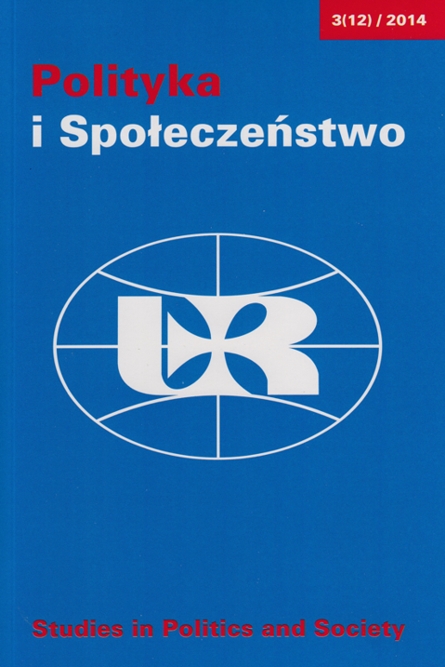Ewolucja strategii marketingowych polskich partii politycznych 1989-2011 – od studia wyborczego do reklamy internetowej
Słowa kluczowe:
electoral TV ads, television spots, political parties, political marketingAbstrakt
The Round Table Agreement led to the opening up of the Polish political scene and initiated the free competition of political parties. From this moment on we have dealt with permanent professionalization of the campaign, especially political TV advertising. Analyzing TV spots from the election campaigns we can subdivide three phases, attributable to periods: 1989–1995, 1995–2001 and 2001–2011. The first of these is characterized by a low degree of professionalization and poor use of political advertising. The second phase involves the personalization of the campaign and gradual expansion of advertising formats. The third phase, initiated by parliamentary elections in 2001, is characterized by a significant increase in spending on paid advertising and benefiting from patterns of U.S. political campaigns (shorter and more dynamic spots, domination of image content and the use of negative advertising). Parliamentary elections in 2011 may herald the beginning of the next phase. It can be assumed that in the era of technological progress Polish parties will gradually move their advertising messages to the Internet.Pobrania
Opublikowane
2021-04-21
Jak cytować
Olszanecka, A. (2021). Ewolucja strategii marketingowych polskich partii politycznych 1989-2011 – od studia wyborczego do reklamy internetowej. Polityka i Społeczeństwo, 12(3), 131–140. Pobrano z https://journals.ur.edu.pl/polispol/article/view/1738
Numer
Dział
Artykuły
Licencja

Utwór dostępny jest na licencji Creative Commons Uznanie autorstwa – Na tych samych warunkach 4.0 Miedzynarodowe.


